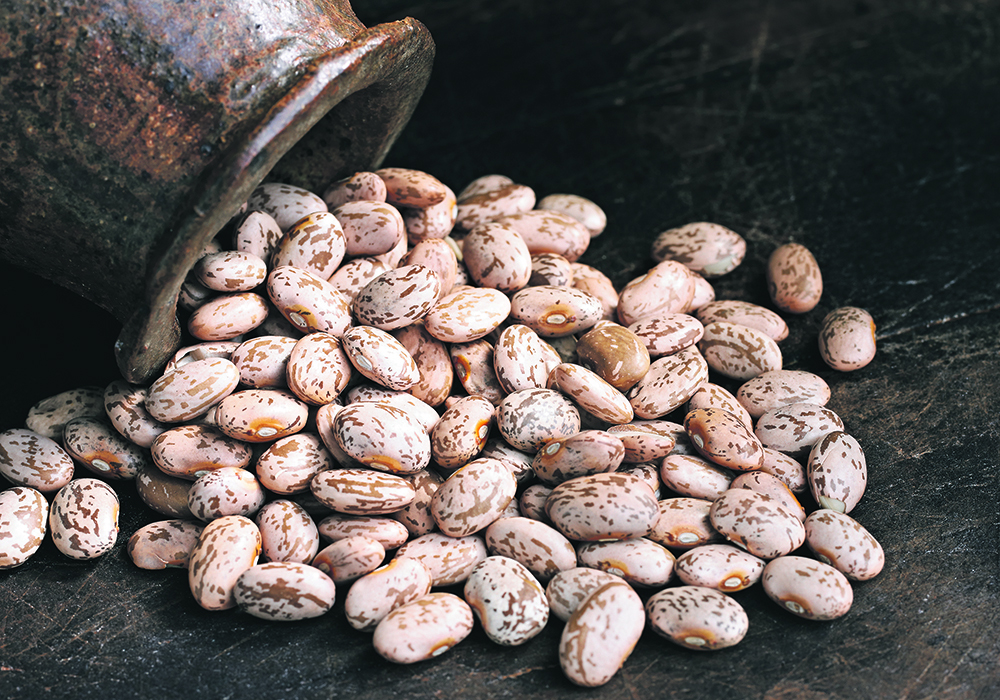Mexico is coming off a disastrous 2023 bean crop and it looks like the 2024 crop could be in trouble as well.
“I’ve heard reports coming out of Mexico that some of the production is down to a bag per acre,” said Greg Ackerman, director of Michigan Beans and the United States Dry Bean Council.
That compares to an average of 26 bags per acre in Michigan.
Read Also

Short rapeseed crop may put China in a bind
Industry thinks China’s rapeseed crop is way smaller than the official government estimate. The country’s canola imports will also be down, so there will be a lot of unmet demand.
The dire situation in Mexico is creating a huge opportunity for exporters of black beans and pinto beans.
“It’s unfortunate for them and it’s more fortunate for the American dry bean farmer,” he said, adding that it will be good for Canadian growers as well.
Ackerman said Mexicans use pintos for refried beans and pastes and black beans for whole bean purposes.
Processors in Canada and the U.S. are being overwhelmed with demand out of the Mexican market for those two classes of beans.
“We can’t ship them down there fast enough,” he said.
“There are companies that are booked out four months.”
American growers are getting US$52 per cwt. for their black beans. In previous years, they would be happy with a price of $40.
“They’re just paying whatever they can at this moment to get beans shipped,” said Ackerman.
He thinks there may be room for further price increases but at some point price will ration the demand.
Mexico has bought 140,000 tonnes of beans so far in 2023, up from 42,000 for the same period in 2022, according to a Global Pulse Confederation article.
“I predict that this is going to be a record year for bean imports into Mexico to make up for the lack of internal production,” Hector de Luna, purchasing manager for Mexican pulse retailer Verde Valle told GPC.
GPC reports that there may be a 400,000-tonne bean deficit in the Mexican market.
De Luna noted that there is still the fall-winter crop to come and while that will not make up for the deficit it will certainly add to the stocks.
However, poor rains have been a recurring problem for the country in recent years and this year is no exception.
Water reservoirs are at their lowest levels in 28 years and that is despite the recent rains delivered by Hurricane Norma, according to the GPC article.
High prices in the Mexican market are enticing farmers to plant the crop, but seeding was delayed by the hurricane and that might have some shying away from growing the crop.
Farmers in the state of Chihuahua may reduce plantings by 40 percent from last year, according to the GPC story.
Arturo Zubia Fernandez, head of agriculture at Mexico’s ministry of rural development, said the lack of water reserves is a serious problem that will lead to a scarcity of beans arising in the spring of 2024.
“The lack of beans we are going to have is worrying,” he said, according to the GPC article.
Ackerman said there are only two border crossings where U.S. beans make their way to Mexico and there are reports of problems at both crossings.
“I’ve heard there are hundreds and hundreds of (rail) cars backed up at the border that can’t even get across,” he said.
Temperatures in those cars could be approaching 50 C, which is far from ideal storage conditions.
“Those beans will sweat, and they’ll eventually go bad unfortunately,” he said.
Contact sean.pratt@producer.com
















